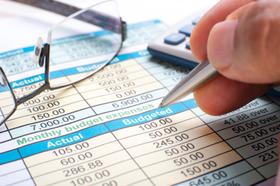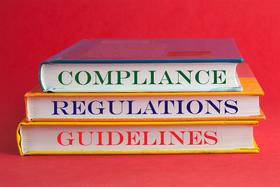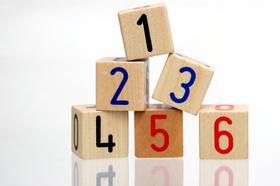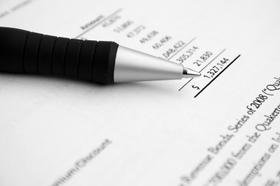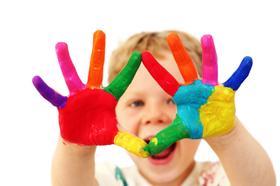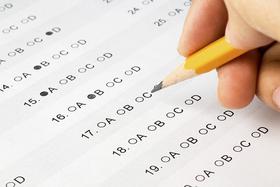Social Emotional Learning: Education’s Hidden Symphony (2025 Edition)
In the symphony of modern education, social-emotional learning (SEL) is often the softest yet most essential movement—a vibration underpinning academic skills, social competence, and lifelong resilience. Originally popularized in the early 2000s, SEL has matured considerably by 2025, as schools, researchers, and policymakers grapple with accelerating mental health needs, equity demands, and the pressure to do more than “teach content.” This review updates the landscape of SEL—its reach, evidence base, challenges, and future prospects—for parents, educators, and school leaders seeking a deeper understanding of this hidden but indispensable force.
1. The New Reach of SEL: How Far Has It Spread?
The diffusion of SEL in U.S. schools has advanced steadily. In the 2023–24 school year, 83 percent of principals reported that their schools used an SEL curriculum or program, up from 76 percent in 2021–22 and far above the 46 percent reported in 2017–18. This growth appears resilient, even as SEL becomes politically contentious in some districts.
Meanwhile, the global SEL market is booming. Projections suggest it will grow from approximately USD 3.13 billion in 2024 to USD 3.9 billion in 2025, marking a compound annual growth rate (CAGR) of 24.5 percent. Another estimate pegs the 2025 market at USD 9.25 billion, illustrating the wide variance in methodologies but underscoring strong demand.
Across the globe, SEL is becoming standard in education policy discussions. The OECD’s












